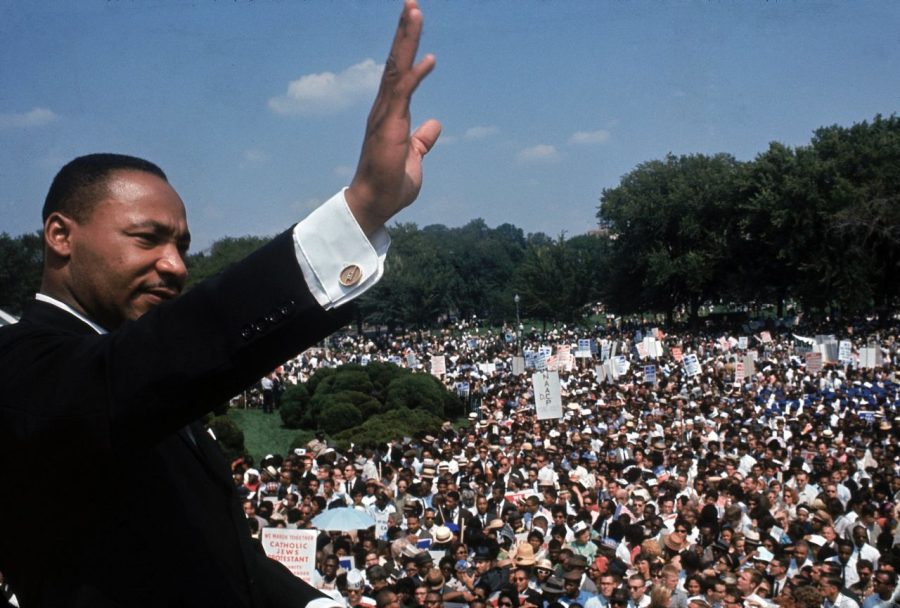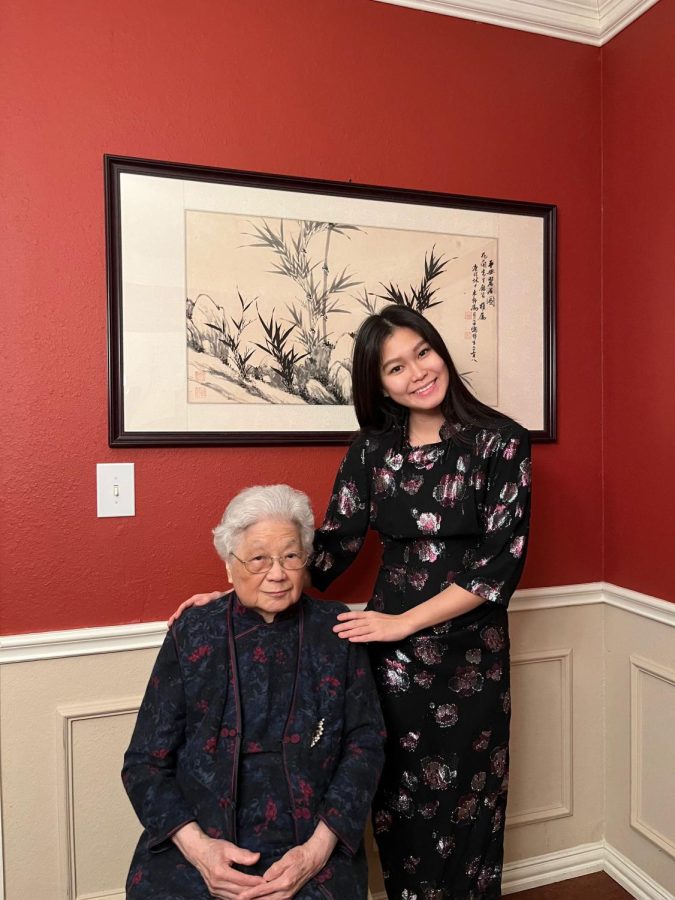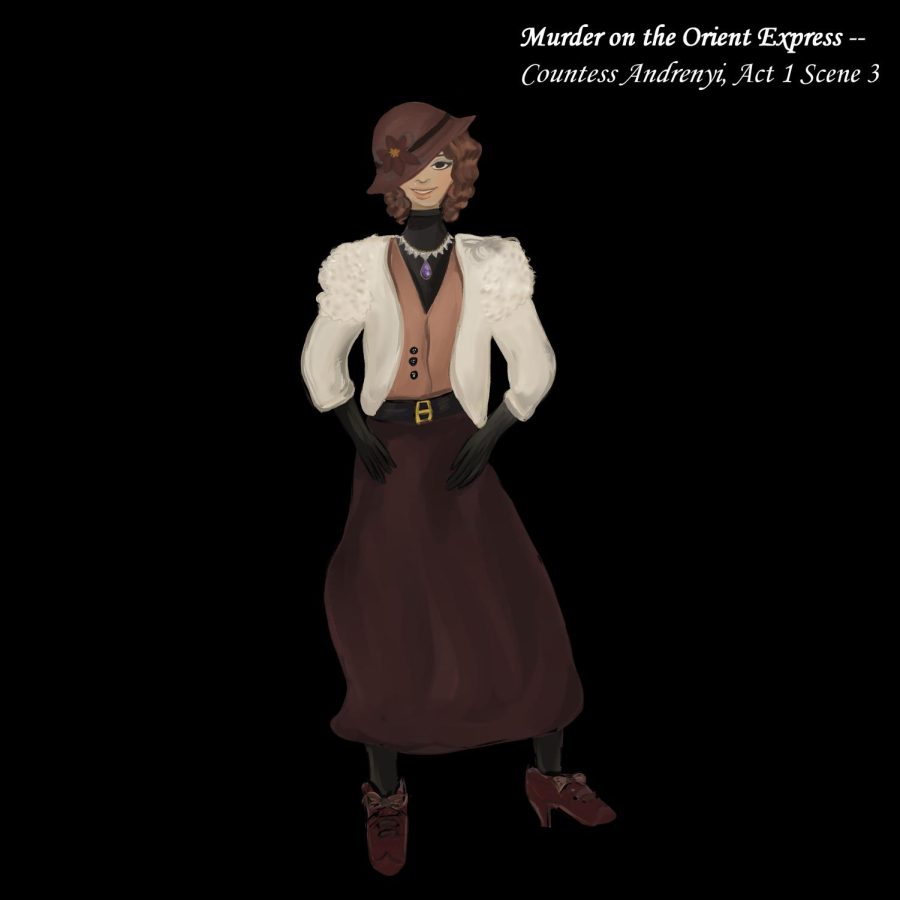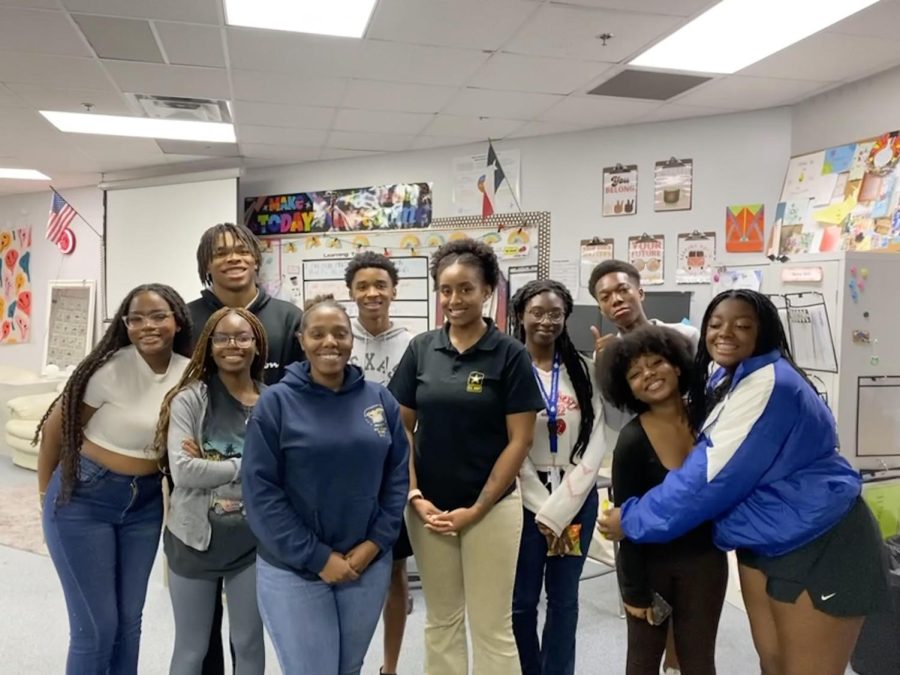Every year there is one day in March when green dominates work places and schools across America in celebration of St. Patrick’s Day. However, this Irish holiday is about more than leprechauns, pots of gold at the end of the rainbow and elusive four-leaf clovers, although they all play prominent roles in the event. On March 17, Texas got a little piece of Ireland with parades that took place in Houston, San Antonio and Dublin.
“I actually went to a parade this year,” junior Bethany Deaton said. “I don’t usually, but I have always wanted to.”
For years, Americans, Canadians and Australians have all participated in St. Patrick’s Day celebrations through parades, parties and concerts. In fact, the very first parade to celebrate the day took place in New York City over two centuries ago. In addition, since 1962 Chicago has annually hosted a very unique tradition of dyeing the Chicago River green. Millions have made the trip to Ireland to be a part of their cultural festivities throughout the years. Donning miniature shamrocks, some even go to the lengths of painting themselves in Irish green. This day truly provides the opportunity for people all over the world to immerse themselves in the Irish way.
“I think it is great that St. Patrick’s Day is celebrated all over the world,” junior Amman Richard said. “I would actually really enjoy learning more about Ireland and Irish traditions.”
There are many traditions and superstitions that Ireland has introduced to the world. The four-leaf clover, a rare find in nature, is a very well-known provider of luck. Each leaf has its own unique meaning, including hope, faith, love and happiness. As is global knowledge, green is the symbolic color of St. Patrick’s Day, representing Ireland, shamrocks and spring. Those that do not wear green invite the custom of being pinched. A hop across the pond, the Irish take part in the tradition of kissing the Blarney Stone of the Blarney Castel in Ireland. Legend has it that participants of the ritual will be given the gift of eloquence, also known as blarney. St. Patrick’s Day takes the world on a trip back in time to when superstitions were very stark realities of Irish culture.
“I have never been, but would love to go toIrelandin the future,” Deaton said. “To see the lands where my ancestors lived would be absolutely amazing.”
Leprechauns are no strangers to Americans. They have been incorporated into popular television shows and Hollywood movies for years. Irish folklore tells of fairies both sociable and distant, leprechauns having fallen into the latter category. These make-believe creatures are described as rude males reaching only two feet in height and wearing jade coats and hats. Since leprechauns are the protectors of pots full of gold, the Irish believe that catching one can lead to the treasure at the end of the rainbow. One such creature has been made the mascot of Lucky Charms cereal and can be seen in numerous commercials being chased by cartoon children.
“I really love eating Lucky Charms for breakfast,” Richard said. “I think the little leprechaun is funny and a cool part of Irish culture.”
St. Patrick’s Day is a holiday that can be celebrated by people of all backgrounds, even those who do not hail from the rolling emerald hills ofIreland. Everyone is invited to don their own shade of green and join in the numerous parades being held in honor of this day. With the great number of parades that made an appearance in Texas this March, there was no shortage of Irish culture for Americans to take part in.
“I always look forward to my mom making corn beef and cabbage and going to the parades,” senior Michelle Greene said.









